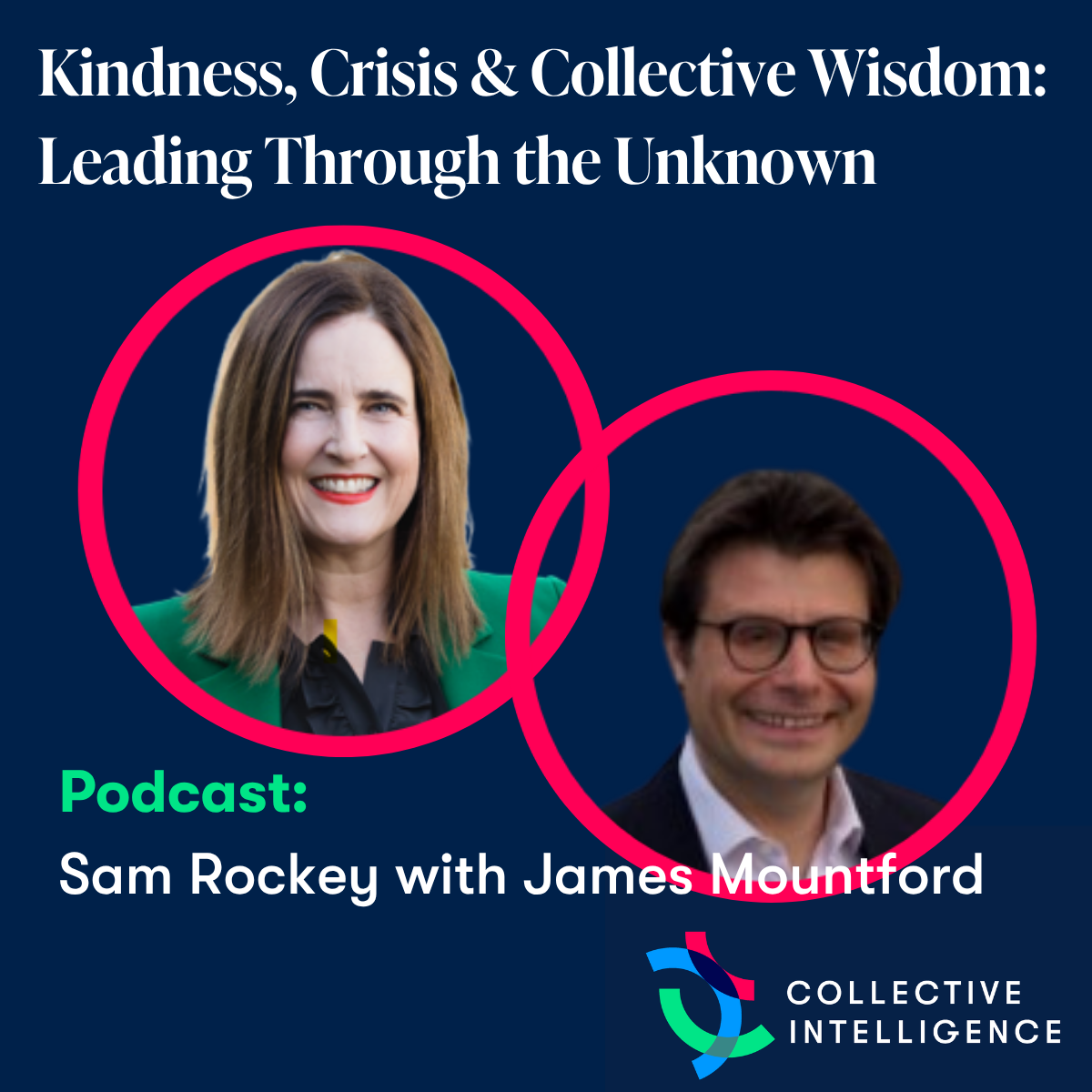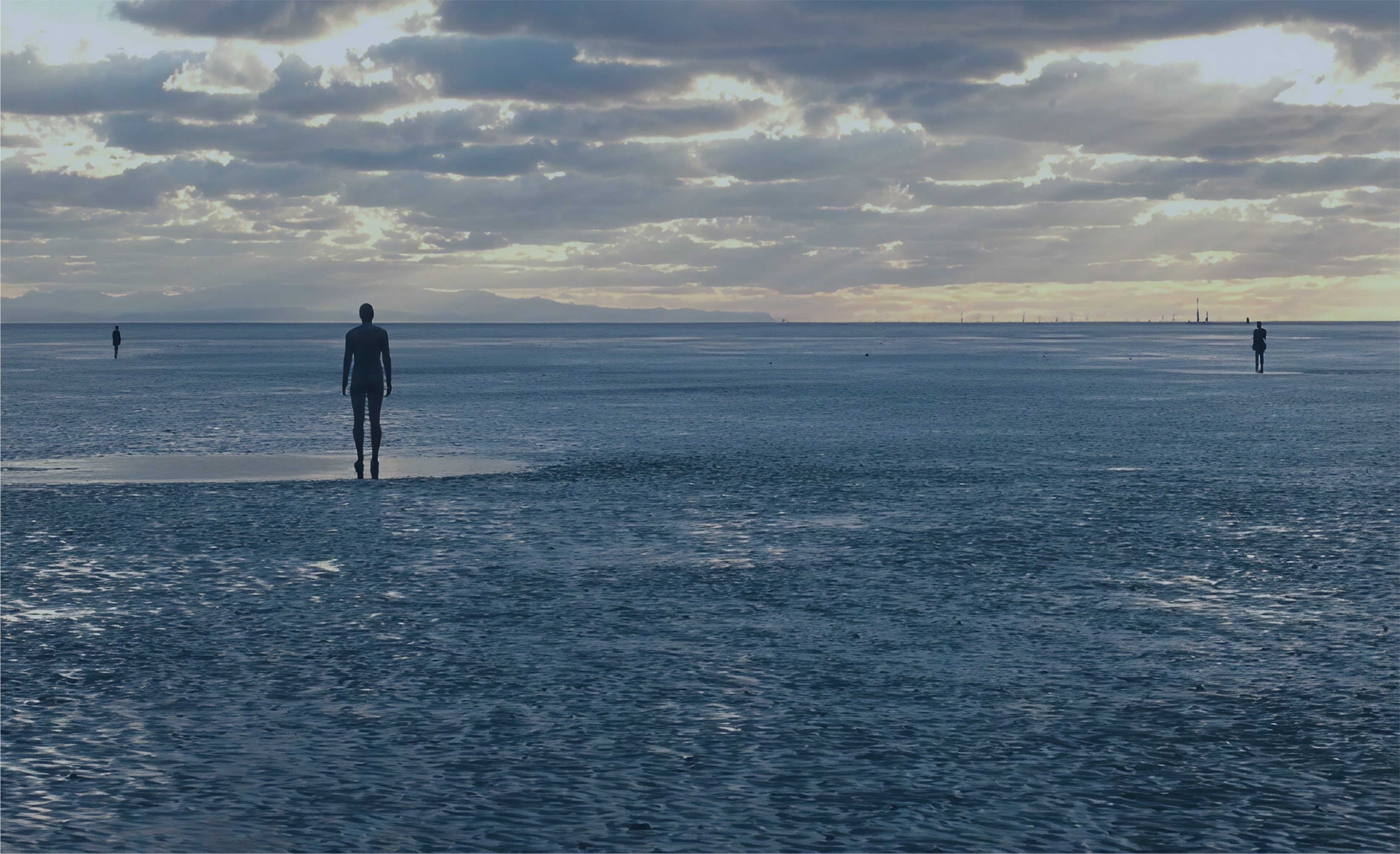Theme
This month we’re thinking about space and place. We live in an increasingly hectic world: communication is lightning-fast, 24-hour news cycles tick away, and we’re always contactable through the computers that live in our pockets. It’s therefore important, whenever and wherever possible, to carve out a bit of space to think and reflect. Here, you can slow down, take in the details of where you are, and develop a true sense of belonging.
So, take the poem this week to a place of calm, and read quietly and carefully – you’ll feel better for it.
Who?
To help us locate a space in the busy world, we have an extract from a long(ish) poem by Anne Waldman (1945—). Growing up in Greenwich Village, New York, she’s a poet closely associated with the Beat Generation – a group of poets who wrote free-flowing, experimental texts, inflected by the liberations of jazz – and someone who has spent her life creating spaces for the lively exchange of writing and performance.
from ‘Giant Night’

Awake in a giant night
is where I am
There is a river where my soul,
hungry as a horse drinks beside me
An hour of immense possibility flies by
and I do nothing but sit in the present
which keeps changing moment to moment
How can I tell you my mind is a blanket?
It is an amazing story you won’t believe
and a beautiful land
where something is always doing in the barns
especially in autumn
Sliding down the hayrick!
What?
The extract above is the beginning of her poem ‘Giant Night’, the title of which already conjures up a great feeling of spaciousness and calm. It described a moment of reflection – a memory, it seems – in which the mind can wander through the capaciousness of the evening. To that end, the poem takes small and seemingly simple sentences and lets them settle resonantly in the white space of the page: ‘is where I am’. Notice how this line sits above a section of blankness, as though in conversation with the silence that may follow intense poetic observation. The poem, generally, is happy to wait in its own spaces: ‘An hour of immense possibility flies by / and I do nothing but sit in the present’. Our lives are always full of potential and possibility, but this poem teaches us that, sometimes, it’s all right simply to be in the moment, as the world changes around you.
‘Cette Blanche Rigide’
Poets have always thought very seriously about the spaces of writing: the ends of lines, the breaks between stanzas, the page’s indefinite margin. This goes right back to poets like Stéphane Mallarmé, a French writer working at the end of the 19th century, who noted the importance of ‘cette blanche rigid’ – ‘this rigid whiteness’. In fact, for certain poets – Waldman included – the spaces of the page are as important as the words: it is in such spaces that the reader might find their own place within the poem – and maybe the world.
Copyright Credit: Anne Waldman, “Giant Night” from Helping the Dreamer: Selected Poems, 1966-1988. Copyright © 1989 by Anne Waldman. Reprinted with the permission of Coffee House Press, Minneapolis, www.coffeehousepress.com.
Source: Helping the Dreamer: Selected Poems 1966-1988 (Coffee House Press, 1989)


























































.png)








.png)










.png)























.jpg)


